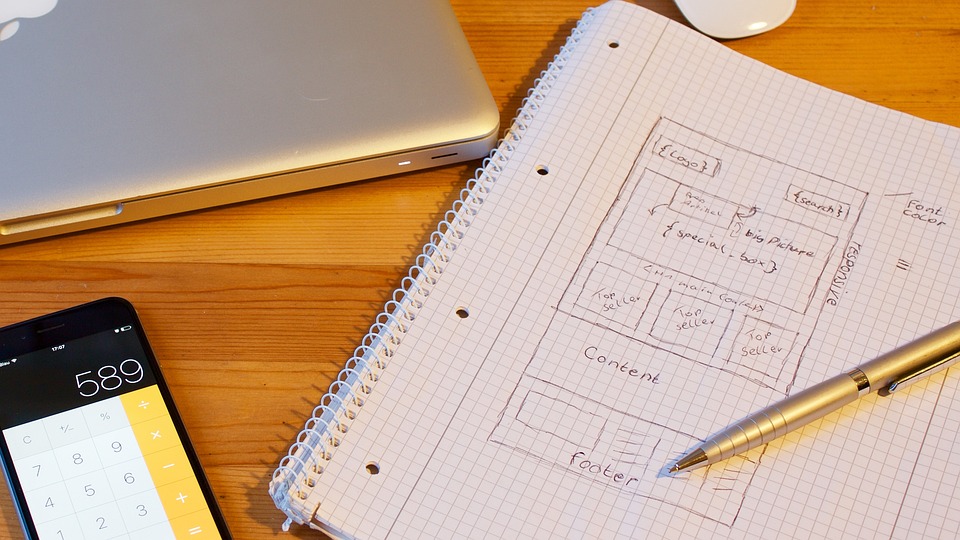In the ever-evolving world of web design, user engagement has become more critical than ever. With countless sites competing for attention online, capturing users’ interest quickly can often make the difference between a bounce and a retained visitor. One of the most powerful tools at the designer’s disposal is Motion UI—an approach that incorporates animations and transitions to enhance user experience (UX) and boost engagement.
The Impact of Motion UI on User Engagement
Animations and transitions are more than just eye candy; they serve essential functions in web design. Here’s how they can transform a user’s interaction with a site:
-
Visual Hierarchy and Focus: Motion can help guide users’ attention to key elements on a page. For instance, a smooth fade-in effect can draw users toward a call-to-action (CTA), making them more likely to engage with it. This is especially important for e-commerce sites, where getting users to take action can directly impact sales.
-
Feedback and Affordance: When users interact with elements on a page, immediate feedback is crucial. Animations, such as buttons that slightly enlarging or changing color on hover, provide visual cues that make the interface more intuitive. This enhances the experience by communicating the success of an action and informing users about what they can do next.
-
Memorable Experiences: A well-executed animation can make an experience memorable. Whether it’s a subtle loading spinner or a playful entrance animation, these elements can leave a lasting impression. When users remember a site fondly, they are more likely to return.
- Storytelling and Branding: Motion can be utilized to tell a story or solidify a brand’s personality. Transition animations and moving elements can reflect a brand’s voice, making it more relatable and engaging for users.
Frameworks for Motion UI Development
Now that we understand the importance of motion in improving user engagement, let’s explore some of the most popular frameworks and libraries that can assist in the implementation of these dynamic effects.
1. Motion UI
Motion UI is a Sass library designed to create animations and transitions quickly. Built by ZURB, it provides a simplistic approach to adding motion to applications using pre-built CSS animations and transitions.
-
Ease of Use: Developers can easily create animations without delving deep into complex code, thanks to its straightforward class system. This allows focus on UI/UX design over technical concerns.
-
Responsive Design: Motion UI is designed with responsive design in mind, ensuring that animations look great on all devices.
- Integration: It integrates seamlessly with existing CSS frameworks like Foundation and Bootstrap, making it a versatile choice for developers looking to enhance their existing projects.
2. GreenSock (GSAP)
GreenSock Animation Platform (GSAP) has established itself as a powerhouse for building high-performance animations on the web. While it may require a bit more coding knowledge than Motion UI, its capabilities are expansive.
-
Performance: GSAP is known for its exceptional performance, even with large animations. It bypasses many of the browser’s limitations and uses requestAnimationFrame for smooth animations.
-
Complexity: GSAP offers fine-grained control over animations, allowing developers to orchestrate multi-step timelines and simultaneous animations with ease.
- Community and Resources: The GreenSock community is robust, offering extensive documentation, tutorials, and forums. Developers can find support easily, making it beginner-friendly despite its advanced capabilities.
Conclusion
In today’s digital landscape, implementing effective designs that resonate with users is essential for maintaining engagement. Motion UI development, through the use of animations and transitions, can significantly enhance user experience, drawing users in, guiding them, and leaving lasting impressions. Whether utilizing simple libraries like Motion UI or more advanced frameworks like GSAP, developers have powerful tools at their disposal to create rich, interactive experiences.
As users continue to demand more engaging and intuitive interfaces, mastering motion design is no longer an option—it’s a necessity. Start exploring these frameworks today, and transform your website into a captivating engaging experience your users will love!
Call to Action
Are you ready to level up your web design game? Dive into Motion UI and GreenSock today! Experiment with different animations, and observe how they affect user engagement on your site. Share your experiences and creations in the comments below!




